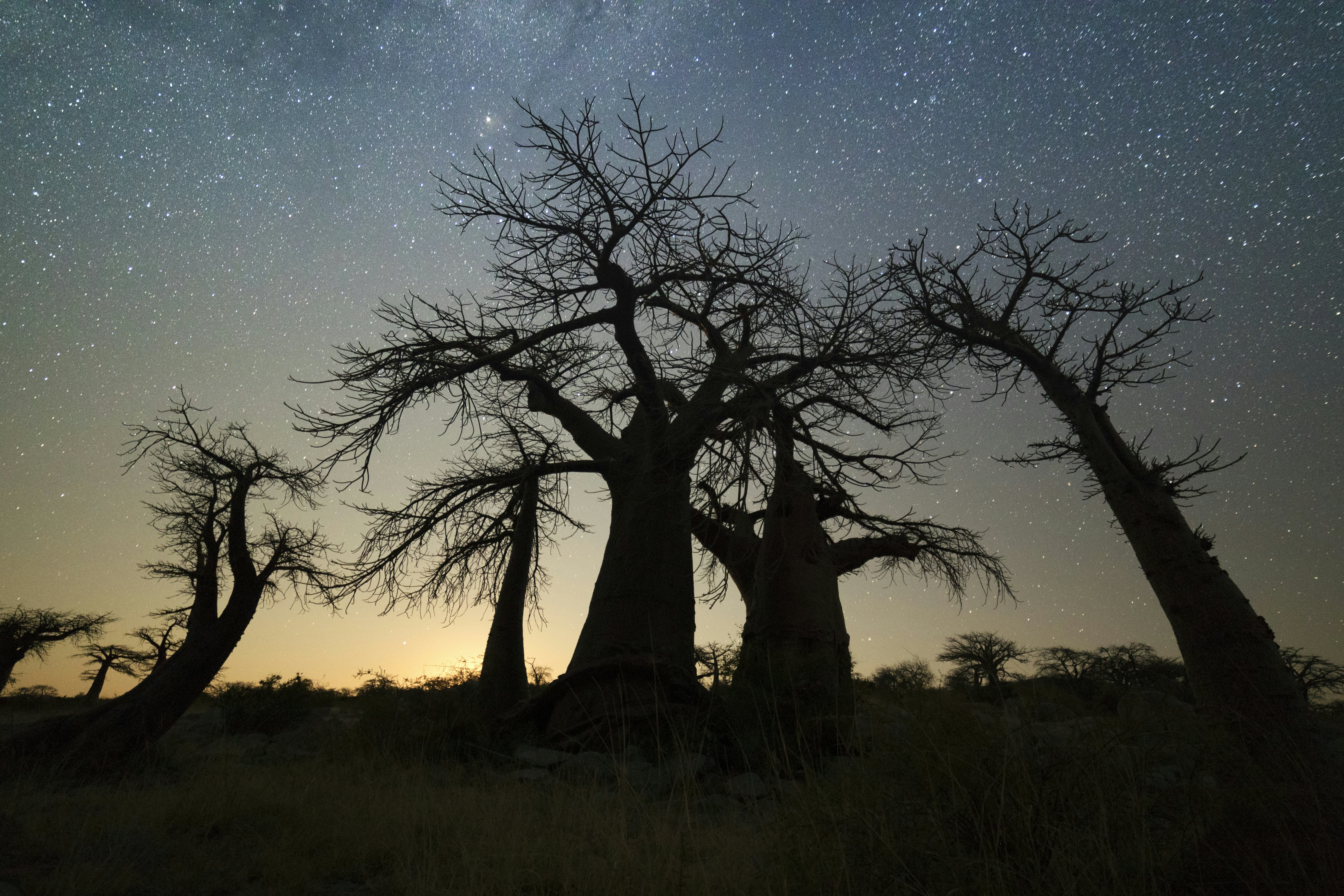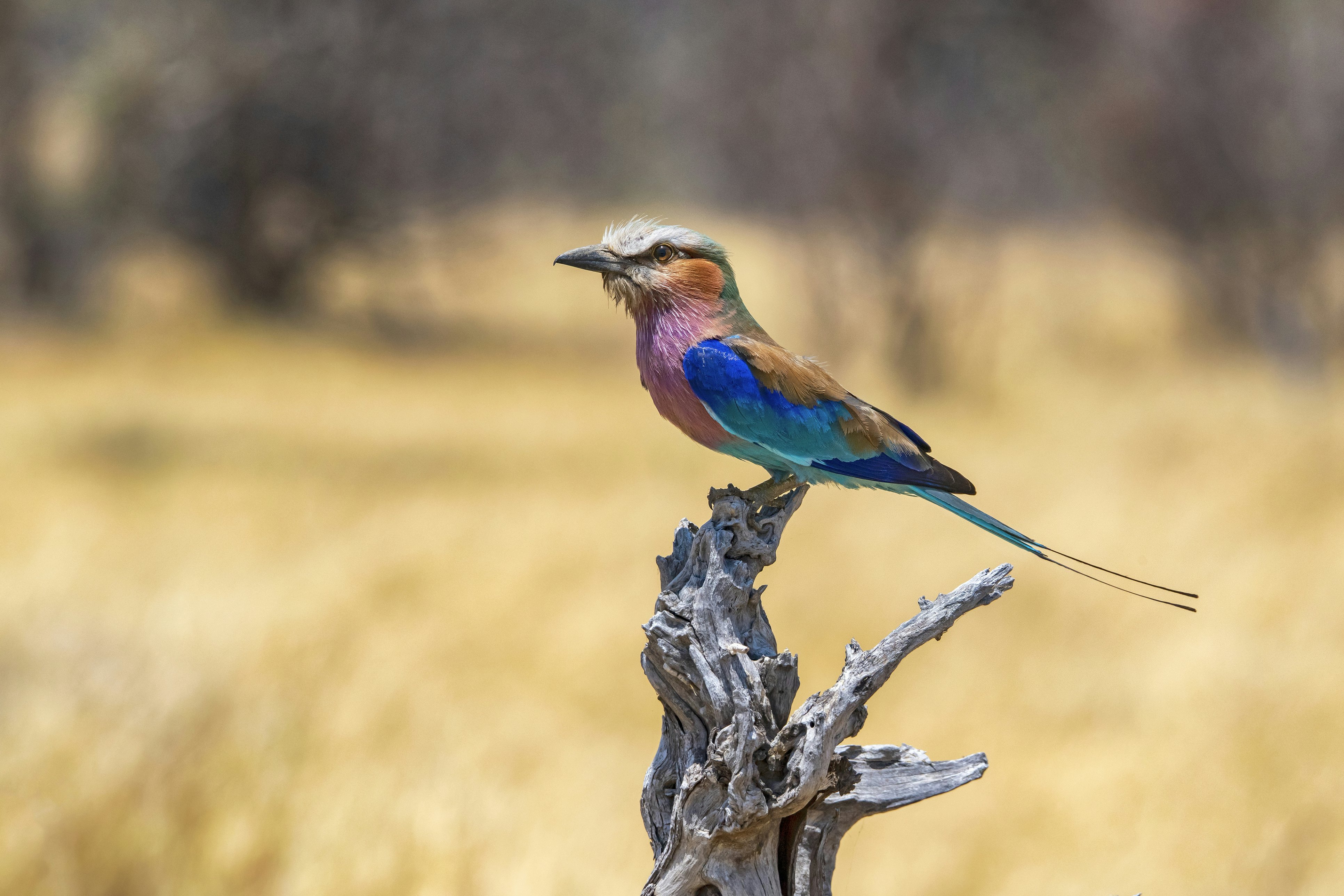
The 30 best countries, cities and regions to visit in 2025



A boat tour of Botswana’s rich river delta is a special way to take in the country’s extraordinary natural abundance © Rosanna U / Getty Images
From the watery wilderness of the Okavango Delta to the sweeping semi-arid savanna of the Kalahari Desert and the lunar-like salt pans of Makgadikgadi, Botswana offers superb wildlife-watching year-round.
The best time to visit Botswana depends on what you want to see, which parks you hope to visit and your budget. Do you long to see endangered African wild dogs, lion prides on the hunt or one of the largest migrations in Africa? Perhaps you dream of drifting along reed-fringed waterways on a mokoro (narrow dugout canoe) or bouncing over glittering salt pans on a quad bike? Would you rather avoid the crowds? Do you plan to take your kids?
Don't underestimate how hot and dusty it can be during the dry season, how easy it is to get stuck in the mud when it rains or how bone-chillingly cold desert nights can get. But whatever the time of year, the wild creatures and epic landscapes here will blow your mind.

Spectacular wildlife spotting, bone-dry weather and Northern Hemisphere school vacations combine to make July and August the busiest months in Botswana. In June and July, meanwhile, campsites fill up with safari-loving South Africans.
The dry winter season runs roughly from April to October, with endless blue skies, warm days and cold nights. June through August are the coolest months (around 25°C/77°F), and temperatures can drop below freezing at night, with stellar stargazing in the Makgadikgadi Pan. This is also when the flood peaks in the Okavango Delta. In July and August, the delta water surface area can swell to three times that of nonflooding periods. At the height of the dry season, wildlife congregates around these seasonally high flood waters and at permanent water sources such as the Kwando River and Chobe River; roads and tracks throughout the country are easier to navigate than in the rainy season. There are no mosquitos, so it's a good time for family adventures.
From September, the heat gradually builds, reaching its peak in October when the mercury can hit 40°C (104°F).
The barbel run occurs in the Okavango Panhandle at this time of year too, when water levels start to drop after winter's floods. As the river recedes, barbel fish flush out small baitfish from the papyrus, chasing and trapping them against reed beds in a carnivorous fish frenzy, followed by countless hungry birds. The timing varies yearly depending on the flood but typically occurs between September and October.
The shoulder-season months are a time of transition between the wet and dry seasons, meaning the weather can be unpredictable. Still, Botswana never has shortage of wildlife action, and lodges often reduce their prices, making trips in this period a great value for money.

From December to March, the summer rains – known as the green season – bring high temperatures and heavy showers, with January and February usually the wettest months. It's the cheapest time to visit, though with fewer travelers, some lodges and camps shut up shop completely, campsites get muddy and many roads and tracks become impassable.
Abundant vegetation and plentiful water mean animals can forage far and wide, making them harder to spot. But photographers will love the moody skies and lush landscapes of this season.
The Kalahari bursts to life and rain transforms the arid salt pans into nutritious grasslands, bringing zebra to Nxai Pan National Park. The annual zebra migration is an unmissable spectacle, and with many young herbivores around, the possibility of prey-versus-predator action is high. Birders should flock to Botswana in December or March to see the stunning summer migrants.
Not only is there relief as summer starts to dip, but the annual Maitisong Festival in Botswana's capital is a great excuse to visit for local music, dance and drama.
High temperatures, intermittent rains and vibrant birdwatching define this green season, when some lodges slash rates by almost half. Expect high temperatures and frequent short bursts of heavy rain, with dramatic thunderstorms best viewed from under canvas with a drink in hand. Chobe National Park is exceptionally wet, while the Kalahari Desert is suffocatingly hot but green and overflowing with wildflowers, with the opportunity to spot newborn herbivores as well as myriad migratory birds.
February is usually the rainiest month, with longer, more persistent downpours. Temperatures rise, but the Kalahari bursts into life, with the arid salt pans transformed into nutritious grasslands that entice herbivores. Don't miss the sight of thousands of Burchell's zebras migrating from the Boteti River to Makgadikgadi and Nxai Pan National Park.

As summer ends, showers are usually limited to refreshing afternoon bursts. Elephants forage in the Okavango Delta as they vacuum up fallen fruit. Water levels might be too low for mokoro canoe trips, but large dazzles of zebras remain in Makgadikgadi, which also means good lion sightings. Still hot and humid, March is the mosquitos' favorite month, especially around lakes and rivers.
Key event: Easter (date varies)
Dry, sunny weather replaces the showers, although you'll need to layer up for early-morning game drives and evenings around the campfire. Wildlife watching starts to improve as the rains from the highlands of Angola start their long journey to fill the delta. Antelope mating season is underway, so watch out for males strutting their stuff and locking horns to impress the females.
Key event: Easter (date varies)

Winter brings clear skies and more moderate temperatures, although you should come prepared for some frosty nights, especially in the Kalahari. With wildlife in search of permanent water sources, it’s an ideal time to head to Moremi Game Reserve, which covers one-third of the Okavango Delta, and Savuti in Chobe National Park. May is also a good time to tie in a trip to nearby Victoria Falls, which will be at its thunderous best.
By mid-June, visitor numbers start to climb – and so do prices. Days are generally warm and sunny, followed by cold nights. If you're desperate to see African wild dogs, the denning season runs from June to September, when these endangered predators stay close to home to watch over the pups.
Wildlife is concentrated around water holes, although you'll share sightings with more vehicles. In private reserves and concessions, it's also a great time to enjoy guided walking safaris to spot smaller flora and fauna. Between July and September is the best time to hang out with gangs of meerkats in Makgadikgadi and turn your eyes to the sky for stellar stargazing.
Key events: President’s Day

By day, it's all clear skies and rising temperatures, but nights are chilly, often dropping below freezing. Water levels are at their highest in the delta, attracting wildlife in droves and making this the perfect time for gliding on a mokoro past herds of thirsty elephants. Note that peak wildlife viewing also means peak prices.
Try time your trip to catch the Nkashi Classic, an annual time-trial mokoro race to find the fastest poler in the entire Okavango Delta. The Botswana Wild Bird Trust (a Public Benefit Organization) founded the first competition in Maun in 2018, and polers compete in three categories: female, male, and veteran.
Key event: The Nkashi Classic
September is dry, hot and dusty, but clear skies and sparse vegetation mean excellent visibility as wildlife congregates at the rapidly shrinking waterholes. Evenings start to warm up too, perfect for a sundowner around the campfire.
Key event: Botswana Day, also known as Boipuso
If you can stand the heat of October in Botswana, wildlife is easy to spot, especially in the early mornings and evenings: huge herds of elephants around the Chobe River, hippos squabbling over wallowing space and predators stalking the plentiful prey around water holes. Prices are still high but start to drop toward the end of the month. The barbel run occurs in the Okavango Panhandle at this time year, too, when water levels drop after winter's floods. As the water recedes, barbel fish flush out small baitfish from the papyrus, chasing and trapping them against reed beds in a carnivorous fish frenzy, followed by countless hungry birds. The timing varies yearly depending on the flood but typically occurs between September and October.
Key event: Barbel Run
Rains arrive and the smell of the first drops on dry African soil is one you will never forget. The rainy summer season begins (though it's not always on schedule) with short, heavy showers throughout the day that begin to turn the parched landscape a vibrant green. November is when many herbivores give birth, attracting the attention of the resident big cats. Temperatures dip slightly – but it's still hot, so look out for well-fed lions snoozing in the shade and leopards lounging up trees. Prices also take a dip.
Humid mornings spark afternoon thunderstorms that lower temperatures briefly. With the rains, the desert bursts into bloom, feeding young antelopes and giving them a fighting chance against the lions, leopards and cheetahs that come prowling around. Migratory birds arrive, including jewel-colored kingfishers, vociferous cuckoos and flamboyant bee-eaters.
Key events: Christmas, New Year’s Eve
Plan with a local
